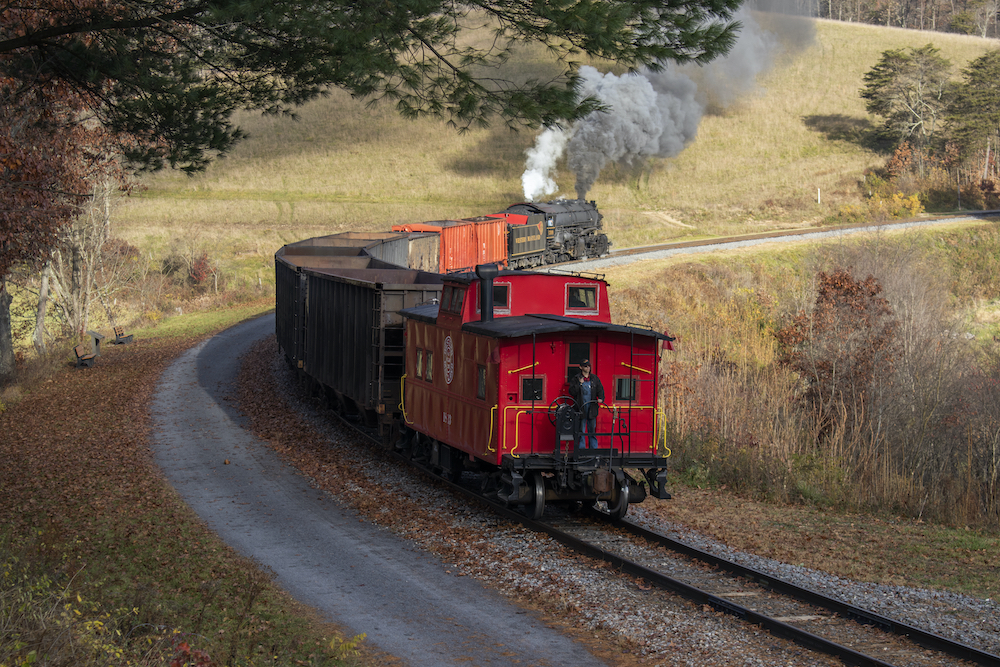
Given a choice, railroads will always follow a straight, level path. Trains use less energy, speeds are higher, and there’s less wear on equipment when railroads can build on an arrow-straight line. But land rises and falls, obstacles must be avoided, and this requires grades to compensate for changes in elevation and curves to reorient […]
Read More…
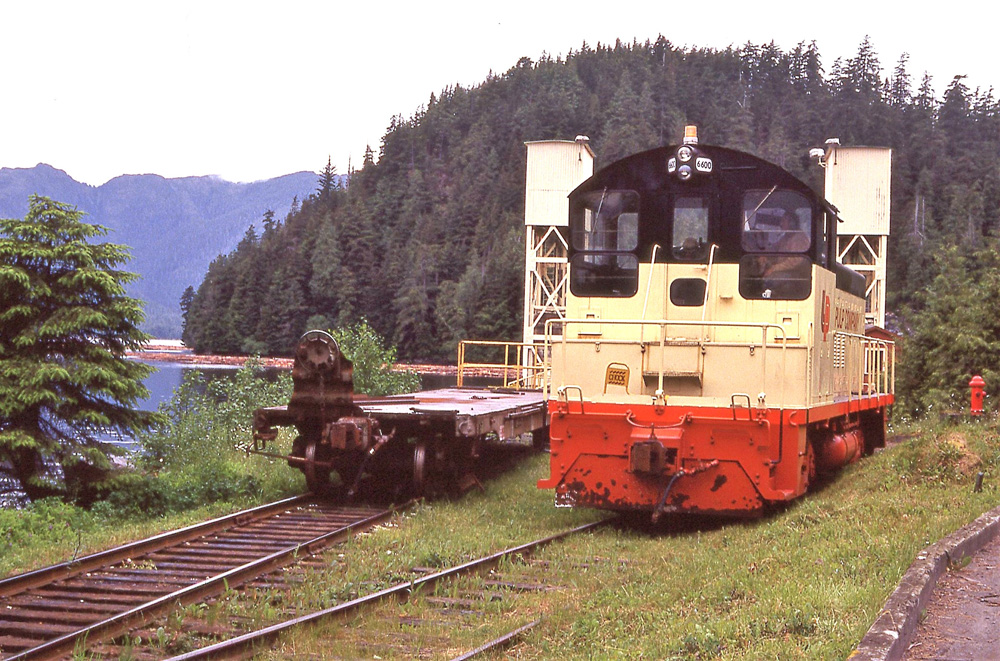
Alaska is a state like no other. It is the largest in the Union but has fewer than 800,000 residents. There is only one currently operating “mainline” railroad. Local trains still stop in the middle of nowhere for off-the-gridders needing transportation to and from traditional towns. Outside its cities, villages, and oil exploration sites, it […]
Read More…
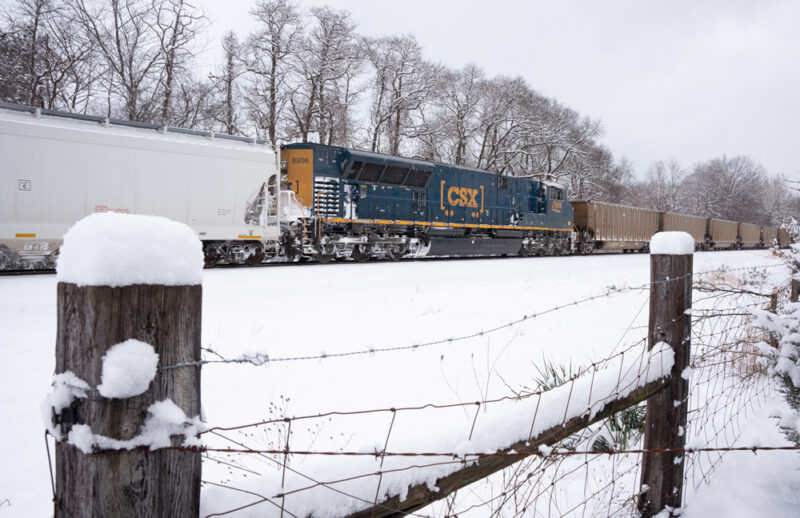
Distributed power Placing locomotives at various locations within a train is nothing new, although the latest technology has improved the operation and extended the length of trains. The adoption of Precision Scheduled Railroading by most Class I railroads accelerated the push to make trains longer, lowering crew starts, and improving train handling in most situations. […]
Read More…
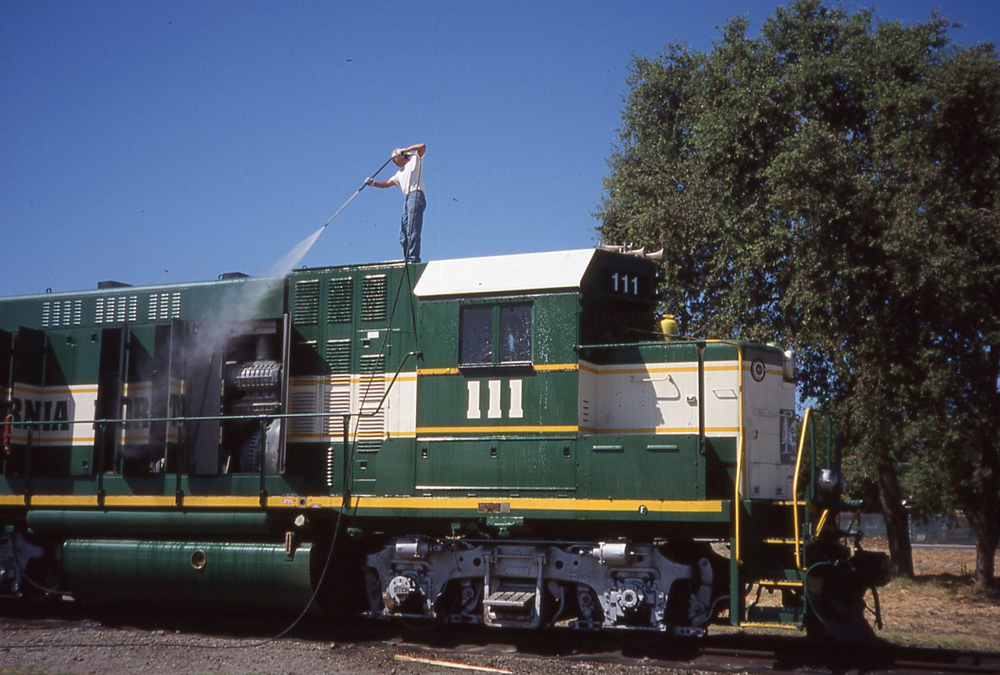
Clean locomotive Finding a locomotive being washed and cleaned before it went to work left me in awe. As a railroad, one of the ways to give your customers with a good impression is taking care of your locomotives. That was the mantra of the original California Northern Railroad management when it began on cast-off […]
Read More…
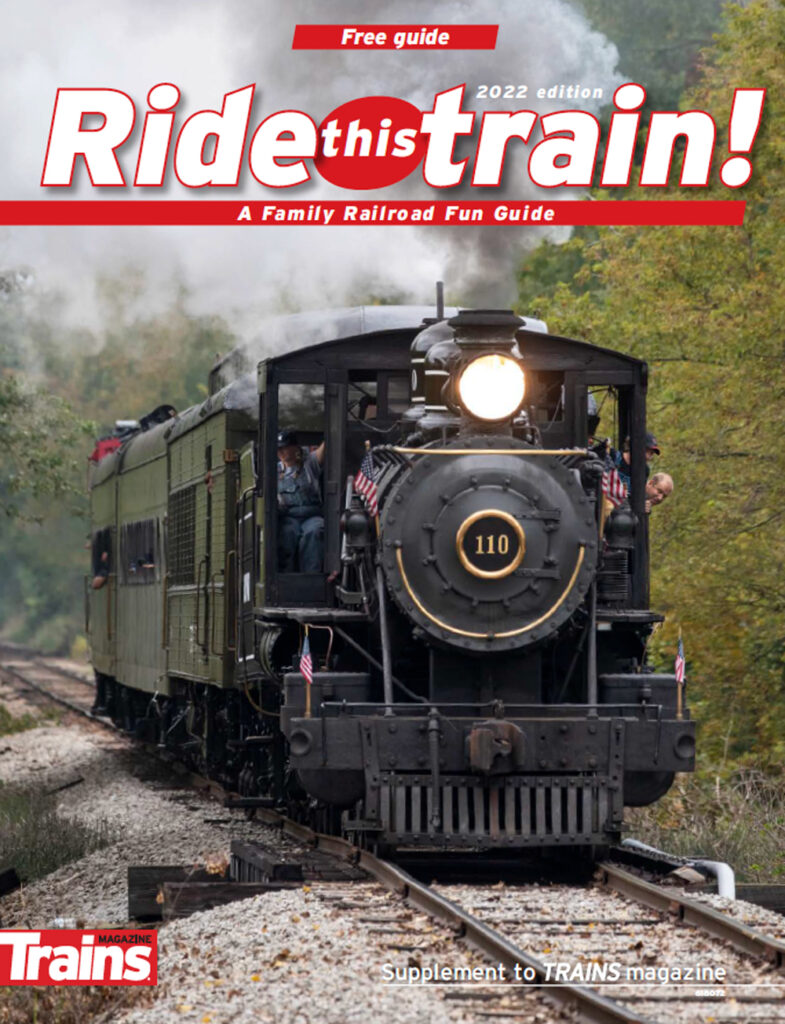
Download a free copy of Ride This Train 2022, a Family Railroad Fun Guide from Trains magazine. […]
Read More…
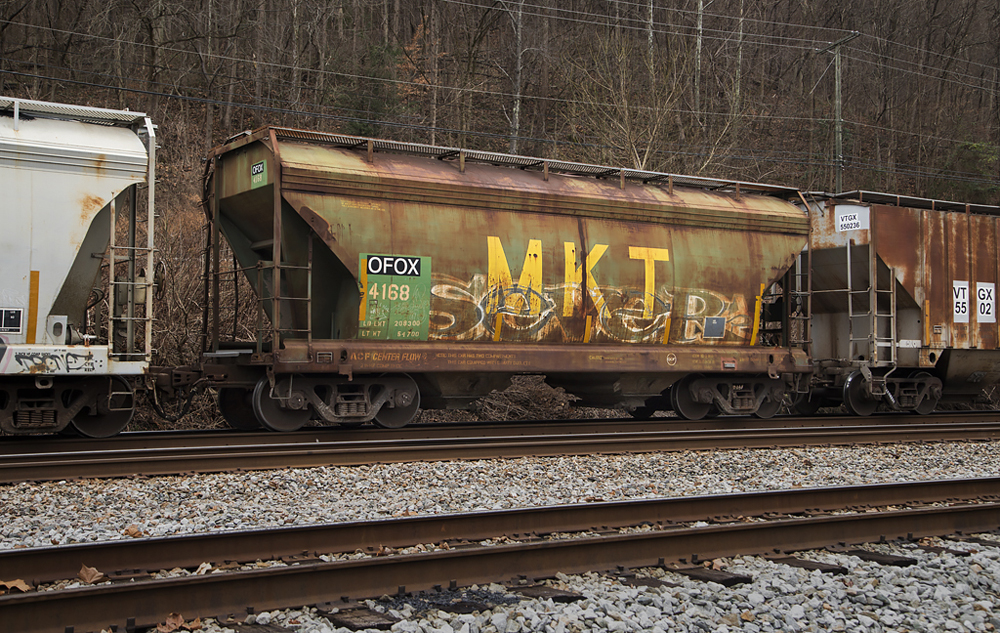
Railroad heritage freight cars: Appreciating the liveries of our favorite fallen flag railroads on the mainline today is mostly limited to the predecessor railroads remembered by Class I railroads’ heritage programs. Norfolk Southern, Union Pacific, and Canadian National collectively recognize more than 30 fallen flag railroads with paint schemes adapted on modern locomotives. Beyond official […]
Read More…
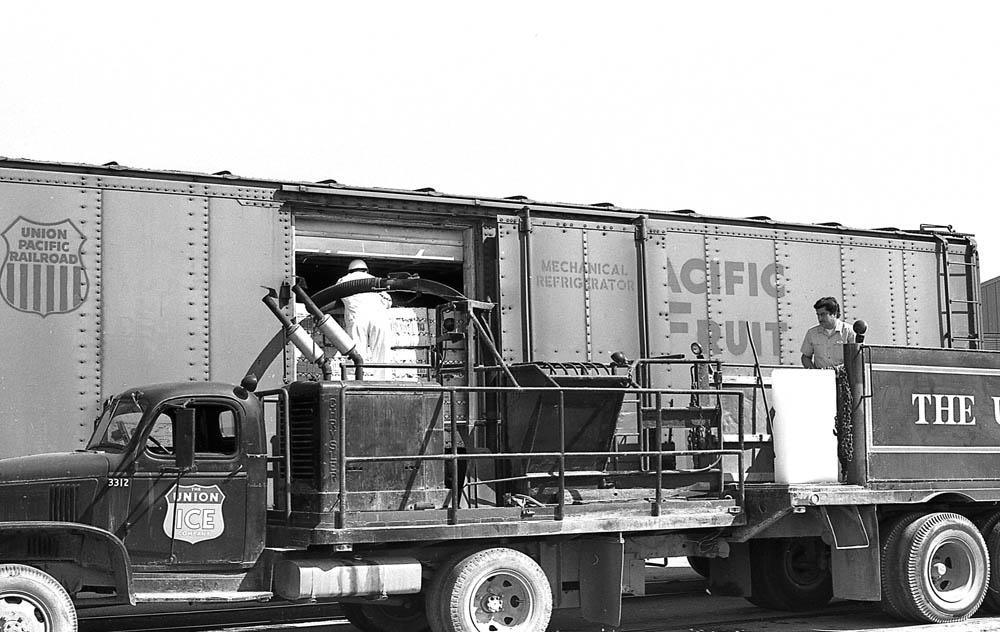
Refrigerated freight cars Progress can give us good, time-saving machinery and concepts our forefathers could have never dreamed of. In the right circumstances, progress allows us to do things quicker, faster, more efficiently, and at a better price point. But it is not necessarily more soul stirring. Diesel-electrics are great to watch hauling long trains […]
Read More…
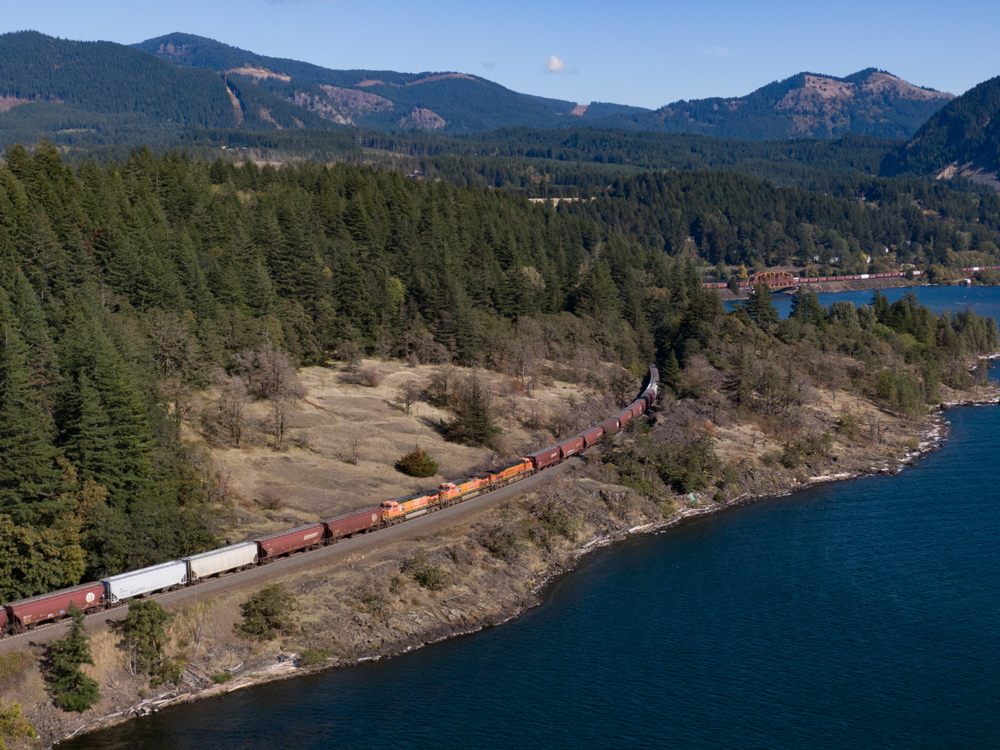
Distributed power In North America, the railroad network is firmly entrenched with operating longer trains. Technology such as distributed power, which places engine consists at different points in a train, has made longer trains safer and easier to handle from an engineer’s point of view. Maintaining reliable constant communication to control these unmanned remote locomotives, […]
Read More…
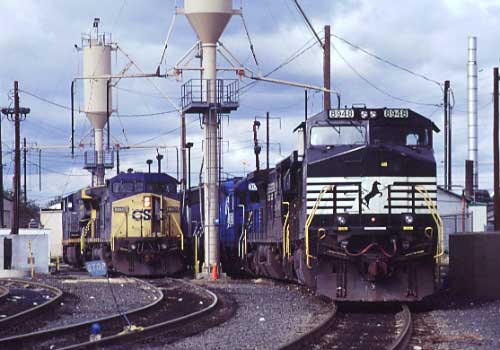
Class I railroads Class I railroads: If you’re in your car watching a long 100-car freight train roll over a grade crossing, chances are good that the train belongs to one of the Class I systems. The Class Is operate 70% of the total track miles in the U.S., employ 73% of the labor force, […]
Read More…
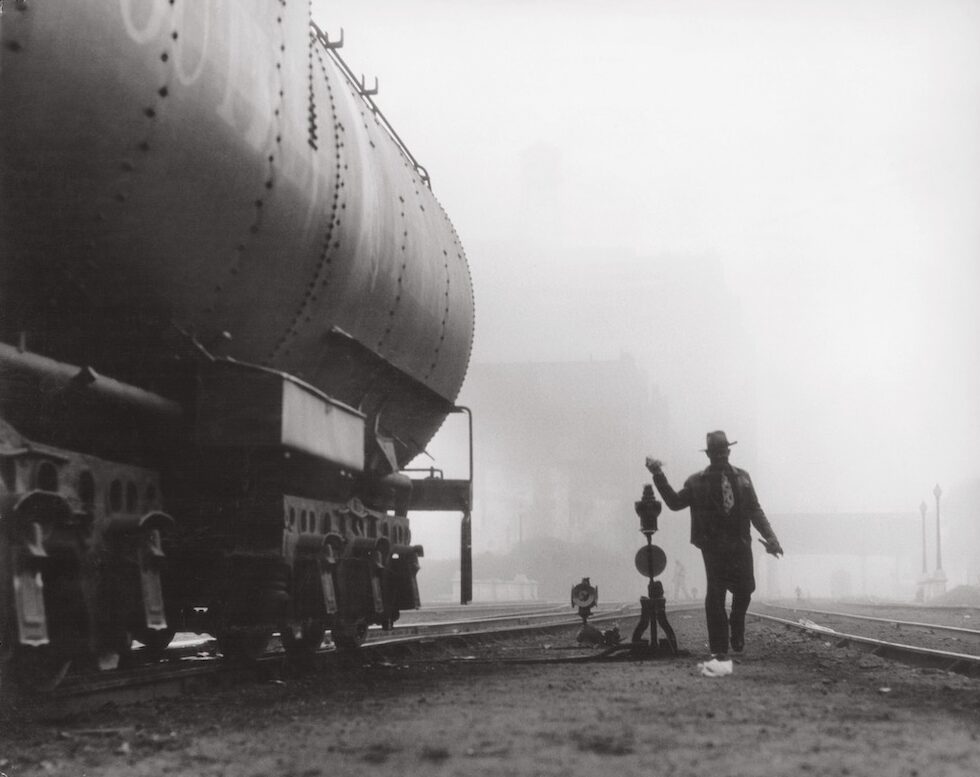
Rail yard basics What are rail yard basics? Think of a yard as a giant sorting machine. It’s a place where freight trains are put together and taken apart. In the railroad industry, freight pays the bills. The faster cars are sorted and back on the road the sooner the cargo is delivered and an […]
Read More…
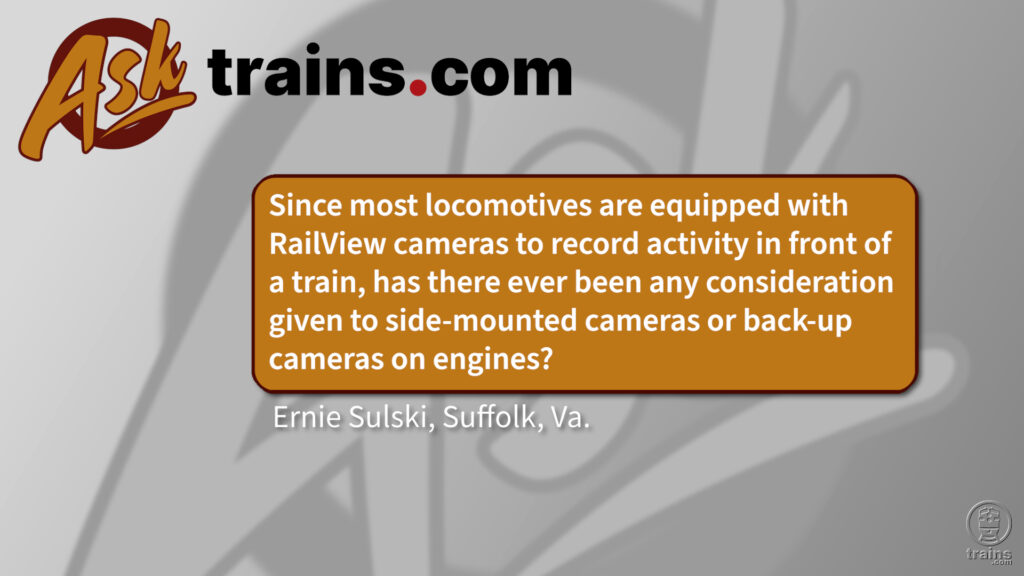
Have railroads considered side-view or backup cameras on locomotives? Cody discusses locomotive-mounted cameras, their purpose, and whether or not railroads have considered side-view or backup cameras on locomotives. Are you looking to learn more about your model railroad, or do you have questions about full-size trains? Send us an email at: AskTrains@trains.com ………………………………… Ask Trains […]
Read More…
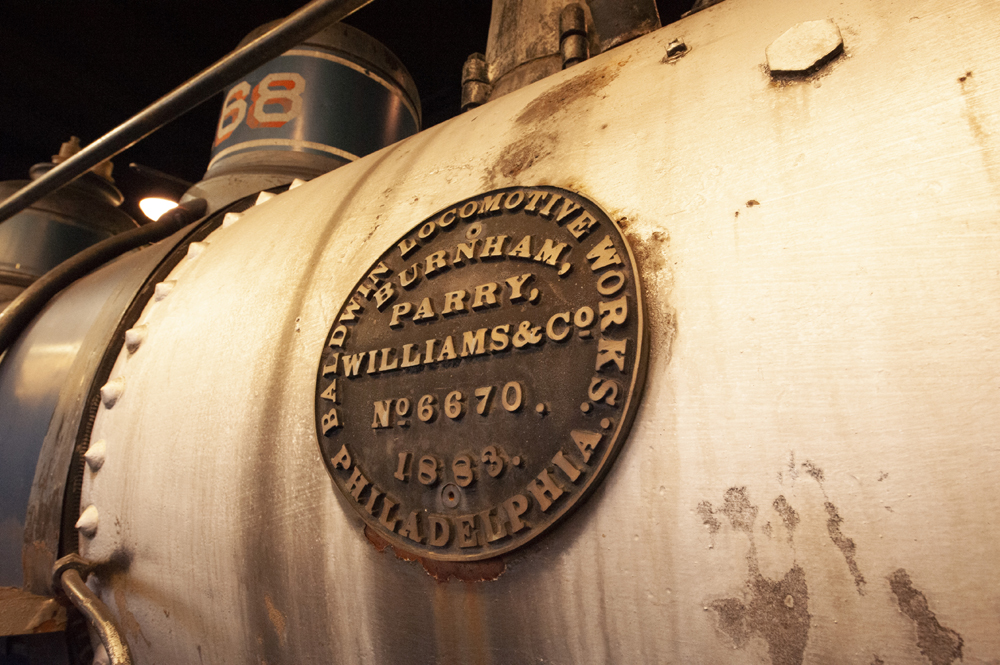
Builder’s plate Imagine walking around all of your life with your birth certificate attached to your forehead. Anyone could walk up to you and in one glance (assuming they understood your birth certificate’s cryptic codes) ascertain your age, lineage, weight, maybe how many legs you should have, and possibly how much work you can do. […]
Read More…












